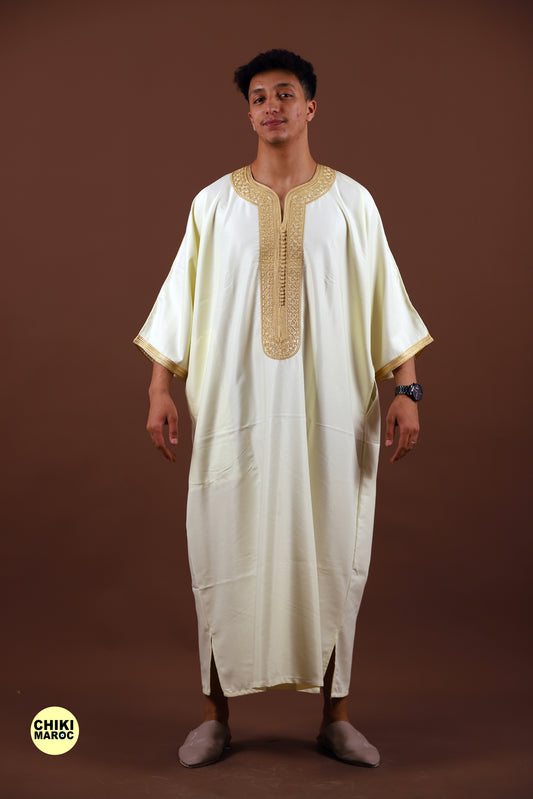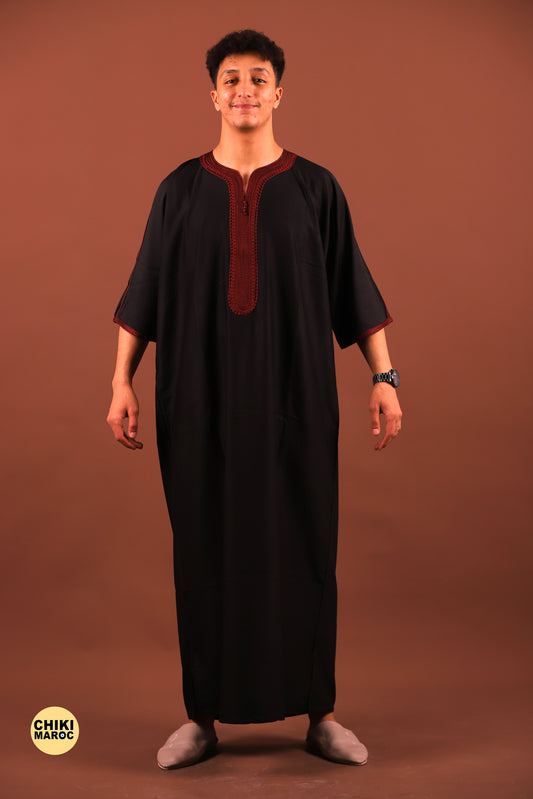Moroccan and Turkish fashion styles converge in a vibrant fusion of tradition and modernity, shaping global trends with their unique aesthetics and cultural heritage. This expert exploration delves into the dynamic interplay between Moroccan and Turkish fashion, highlighting their influence on contemporary style.
Introduction
Introduce the concept of cultural fusion in fashion, focusing on the distinctive elements of Moroccan and Turkish styles and their global appeal.
Traditional Roots and Influences
-
Moroccan Fashion Heritage: Explore the traditional elements of Moroccan fashion, including the iconic kaftan, intricate embroidery, and vibrant colors, reflecting the country's rich cultural tapestry.
-
Turkish Fashion Traditions: Discuss the historical influences on Turkish fashion, such as Ottoman court attire, Anatolian textiles, and the symbolic meanings embedded in garments like the thobe and abaya.
Contemporary Fashion Trends
-
Cross-Cultural Design: Highlight contemporary designers and brands that blend Moroccan and Turkish elements in their collections, showcasing innovative interpretations and global appeal.
-
Blend of Textiles and Patterns: Explore the fusion of Moroccan textiles like silk and brocade with Turkish motifs such as geometric patterns and floral designs, creating eclectic fashion statements.
Global Influences and Runway Presence
-
Fashion Week Showcases: Analyze the presence of Moroccan and Turkish fashion on international runways, influencing global trends and capturing the attention of fashion enthusiasts worldwide.
-
Celebrity Endorsements: Discuss the role of celebrities and influencers in popularizing Moroccan and Turkish fashion trends, showcasing their impact on social media and red carpet events.
Modern Adaptations in Everyday Wear
-
Street Style: Showcase how Moroccan and Turkish fashion influences everyday street style, from casual wear to formal attire, emphasizing comfort, elegance, and cultural identity.
-
Adaptability in Global Markets: Discuss how Moroccan and Turkish fashion adapts to diverse global markets, appealing to a multicultural audience with its versatility and distinctive flair.
Sustainability and Ethical Fashion
-
Artisanal Craftsmanship: Highlight sustainable practices in Moroccan and Turkish fashion, promoting ethical sourcing, fair trade, and preserving traditional craftsmanship.
-
Environmental Impact: Address initiatives supporting eco-friendly production methods, such as organic fabrics, natural dyes, and community-driven initiatives in textile production.
Where to Experience Moroccan and Turkish Fashion
- Designer Boutiques and Markets: Provide recommendations on where to find authentic Moroccan and Turkish fashion, including boutique stores, artisan markets, and online platforms specializing in cultural attire.
Conclusion
Summarize the enduring appeal of Moroccan and Turkish fashion fusion, celebrating its role in promoting cultural diversity, heritage preservation, and shaping contemporary fashion trends globally.




